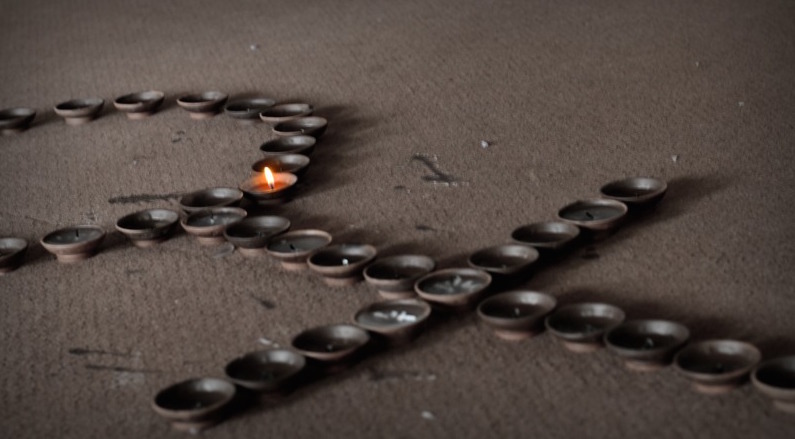Last month, shortly before midnight, hundreds of thousands of Ontarians were jolted awake by blaring sounds coming from their smart phones or interruptions in their regularly scheduled TV programming.
A little girl, spending the afternoon with her father, had not been returned home on time. Her mother had reason to fear the worst. And, tragically, she had cause.
The Amber Alert for Riya Rajkumar, murdered by her father on her 11th birthday, inspired mainly three reactions. Many people complained on emergency lines and social media about having been disturbed from their slumber. Many other people scolded them for beefing when a little girl’s life was at stake. And many others showed up at candlelight vigils for a child clearly caught between warring parents.
Riya’s father, injured when arrested, would, within days, die in hospital — just another murder-suicide statistic in the sad annals of domestic violence.
Unsurprisingly, after the floral and teddy bear tributes were buried under the snow, there were no media stories on how common it is for angry/depressed/jealous/rejected men to not only kill their intimate partners — women, mostly — but also to hurt the kids and sometimes even the friends and in-laws and then themselves.
All this, just two weeks after the University of Guelph-based Canadian Femicide Observatory for Justice and Accountability (CFOJA) released its first annual report, #CallItFemicide.
It showed that, on average, one woman or girl is killed in Canada every 2.5 days, that 91 per cent of the accused perpetrators are male, that two-thirds of women and girls are murdered by their intimate partners or male relatives, and that 11 per cent of the accused, all male, commit suicide.
“This is not a new trend,” Professor Myrna Dawson, who led the study, told the University of Guelph News. “This report shows that women and girls continue to bear the largest burden of gender-based violence and lethal victimization, which is attributed to the historical and ongoing impacts of entrenched gender stereotypes and inequality.”
So, while that report did garner more than 100 one-day-wonder headlines, no news organization linked the research to little Riya’s murder. There were no interviews with gender violence experts or family law lawyers. Nor was there any discernible discussion of how children and other family members are at risk when partnerships become violent and, in particular, when women find the courage and support they need to leave.
It was very business as usual to see it disappear in the aftermath of Riya’s murder which — and this may sound cynical — was the perfect “news hook” for a deep dive into this alarming annual slaughter.
Year after year, journalists don’t connect the dots. When a femicide is committed, it’s usually reported in the back pages, if at all. And yet, every male victim of a shooting death gets the front-page treatment. (For the record, about one in three women are murdered by a firearm.)
On the upside, earlier this year, the Trudeau government came up with new reforms to the Criminal Code aimed at getting tougher on domestic violence. These would be welcome as a recent study showed that men who kill their partners get shorter sentences than men who kill strangers.
Measures include tougher penalties for repeat offenders and restricted access to bail for repeat offenders. All well and good except that many killers are not repeat offenders. Once is all it takes.
There’s even restitution for a victim’s moving expenses, temporary housing, food, child care and transportation — although why a woman might leave clues as to where she has relocated seems like a risky proposition to me.
The bill is currently before the Senate.
In Ontario, the Ford regime has put women at greater risk by not only disbanding the Liberals’ expert panel to end violence against women but also cutting back on funding for shelters and other resources. At the same time, it has eliminated or repealed mechanisms that would keep women and children out of poverty, mechanisms such as the basic income pilot program, the Fair Workplaces, Better Jobs legislation, and the increased minimum wage.
This March 8 brings us another yet another International Women’s Day, the 110th iteration of a day marking women’s suffrage and rights. We can expect some tweets from our politicians and not much more, although a girl can hope.
The theme this year is #BalanceforBetter — which sounds like a high-fibre cereal.
Unfortunately, the lack of incisive, comprehensive coverage of the murders of women and girls remains difficult to swallow.
Antonia Zerbisias, former CBC-TV journalist and Toronto Star columnist, writes about society, media and politics.
Photo: Megara Tegal/Flickr
Help make rabble sustainable. Please consider supporting our work with a monthly donation. Support rabble.ca today for as little as $1 per month!





